Groundhog Day, Again...Again [a repost]
Candlemas, Imbolc, Baba Marta, Vernal Equinox: When does Spring arrive?
This post is from March 9, 2023 and since readership has nearly doubled (!) since then, and I’ve been too under the weather (haha pun alert) this week to write a new piece, it’s getting another send-out. Happy Feast of St. Brigid/ Blessed Imbolc to you today, and Happy Candlemas/ Groundhog Day tomorrow! Our Christmas tree is down, the decorations stored away, & I found an Easter egg with stale chocolate in the cupboard that was never found last year. It may not be Spring yet, but we’re experiencing a mild thaw here, so it’s time to look through seeds and plan this year’s garden. I hope you all made it through the 4,738 days of January relatively unscathed, and that you too are seeing signs of garden season ahead.
Groundhogs and Weather
Last year (on 2/2/22) I wrote this post about Groundhog Day, in which I briefly noted the history of the holiday in the U.S. Since then, I have been further educated on this history by readers (one of the things I love about blogging— people get to share their quirky knowledge by responding to posts like this about niche subjects). For one thing, it was more commonly a badger, not a hedgehog, that forecast the weather in Germany. Most fascinating to me is that Groundhog Day does trace its roots to both the ancient calendars and present-day liturgical calendar; it’s no coincidence that it falls on Candlemas. If you’d like to nerd out on this, & you’re comfortable listening to Orthodox Christian dogma, check out this podcast episode on Groundhog Day's liturgical history (sent to me by my brother, who has a PhD in Linguistics, so judge his podcast taste toward the erudite accordingly).

Is it Spring yet?
Of course, that little Punk(-sutawney) Phil saw his shadow this year (because it’s a rigged system- see my post from 2022), so 6 more weeks of winter blah blah blah. Although, given that we had what meteorologists were calling a non-winter by early February here in Michigan, there wasn’t much to complain about, other than the cold, the dark, and the endless gray skies for months on end. Maybe furry woodland creatures do know some things about weather, though, because the last half of February we were blasted with snowfall, with more predicted to arrive tonight.
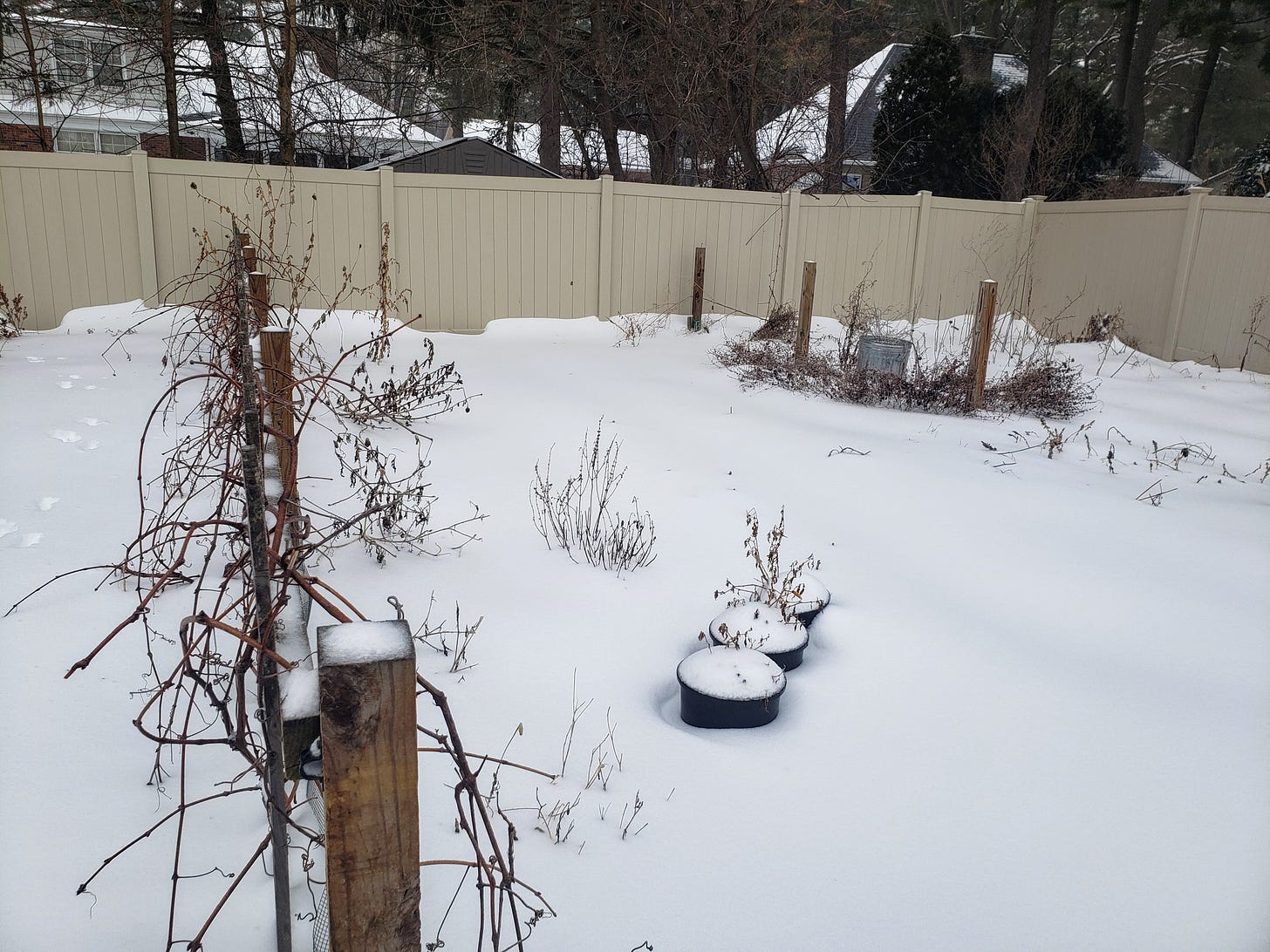
Is it Spring Yet?
Here in the U.S., as in most western cultures of the Northern Hemisphere, we celebrate the first day of Spring at the Equinox (March 20 this year). During my daily doom-scrolling of Ukrainian news, I noticed that they celebrate Spring’s arrival on March 1st in much of Eastern Europe and Russia. Coming up for air now from an internet rabbit hole, I now am informed that this dates back to ancient Rome, or perhaps more specifically to the Dacian people of the Roman Empire, in what is now Romania. The god Mars, for whom March is named, was not only the god of war but also of agriculture, so March 1st began the new year and the new growing season. The Martisor (Romanian) or Martenitsa (Bulgarian) is a traditional decoration for this holiday, with red & white ribbons symbolizing war & peace. May next year’s Baba Marta (“Grandma March”) Day see only peace in that region!
My pagan Celtic ancestors, like modern-day Wiccans, celebrated the beginning of Spring even earlier in the year, at Imbolc, on February 1st. This coincided with the start of the lambing season in Ireland and Scotland. Since those ancestors converted to Catholicism long before they reached North America in the 19th century, it’s been passed down to me as St. Brigid’s Day. The Irish having a more nebulous view of time, they turned the feast day into a mash-up with Candlemas, adding Brigid (or Bride) to the biblical telling of the presentation in the temple, by her lighting the way there with a candle.
Unsurprisingly, this early February holiday has its own weather lore:
‘Thig an nathair as an toll
Là donn Brìde,
Ged robh trì troighean dhen t-sneachd
Air leac an làir.The serpent will come from the hole
On the brown Day of Bríde,
Though there should be three feet of snow
On the flat surface of the ground.'Co fad ’s a theid a ghaoth ’s an dorus
La na Feill Bride,
Theid an cathadh anns an dorus
La na Feill Paruig.'As far as the wind shall enter the door
On the Feast Day of Bride,
The snow shall enter the door
On the Feast Day of Patrick.—ancient Gaelic songs for St. Brigid’s Day
…begging the tangential question, when exactly did St. Patrick famously banish snakes from Ireland, given that he and Brigid were reportedly contemporaries? Not to mention that the island has no fossil records of snakes in the first place. Ah well, lost to the mists of time and legend, I guess.
I think it’s interesting that the earlier dates marking Spring’s beginning have everything to do with the agricultural cycle, while the date on our current calendars follows the solar year. When marking time by the sun’s movements, Imbolc & Candlemas occur half way between the Winter Solstice and Vernal Equinox. To sum up, Spring is almost here!
A Time of Waiting
We can’t reliably plant our summer crops in-ground here until Memorial Day weekend (end of May). So regardless which date we recognize as the First Day of Spring, it remains a waiting game.
We grow most of our crops from seed, which means starting indoors in order to get a timely harvest. We have grow lamps set up in the basement, with second-hand shelves to cram with seedling trays, and a circulating floor fan to strengthen the stalks. We also utilize window sills in a couple of rooms on the main floor. We’ll use seeds we already have for this season’s plantings, having taken the opportunity to participate in some seed swaps— both locally and farther afield via the home gardening community on Instagram. You don’t need fancy or costly supplies to start growing food! Really…if you need seeds, I will mail you some— just send me an email! Thankfully, we have a jumbled surplus of seeds, more than we can grow in one season in our garden, since our current austerity measures mean that the shiny seed catalogues are just for looking.
There are a few things we’ll plant outdoors before the last frost date (which is usually mid-May but sometimes early June like a few years ago). So, cold hardy plants like potatoes, onions, cabbage, kale, and peas (which are lucky to plant around St. Patrick’s day, March 17, according to The Old Farmer’s Almanac).
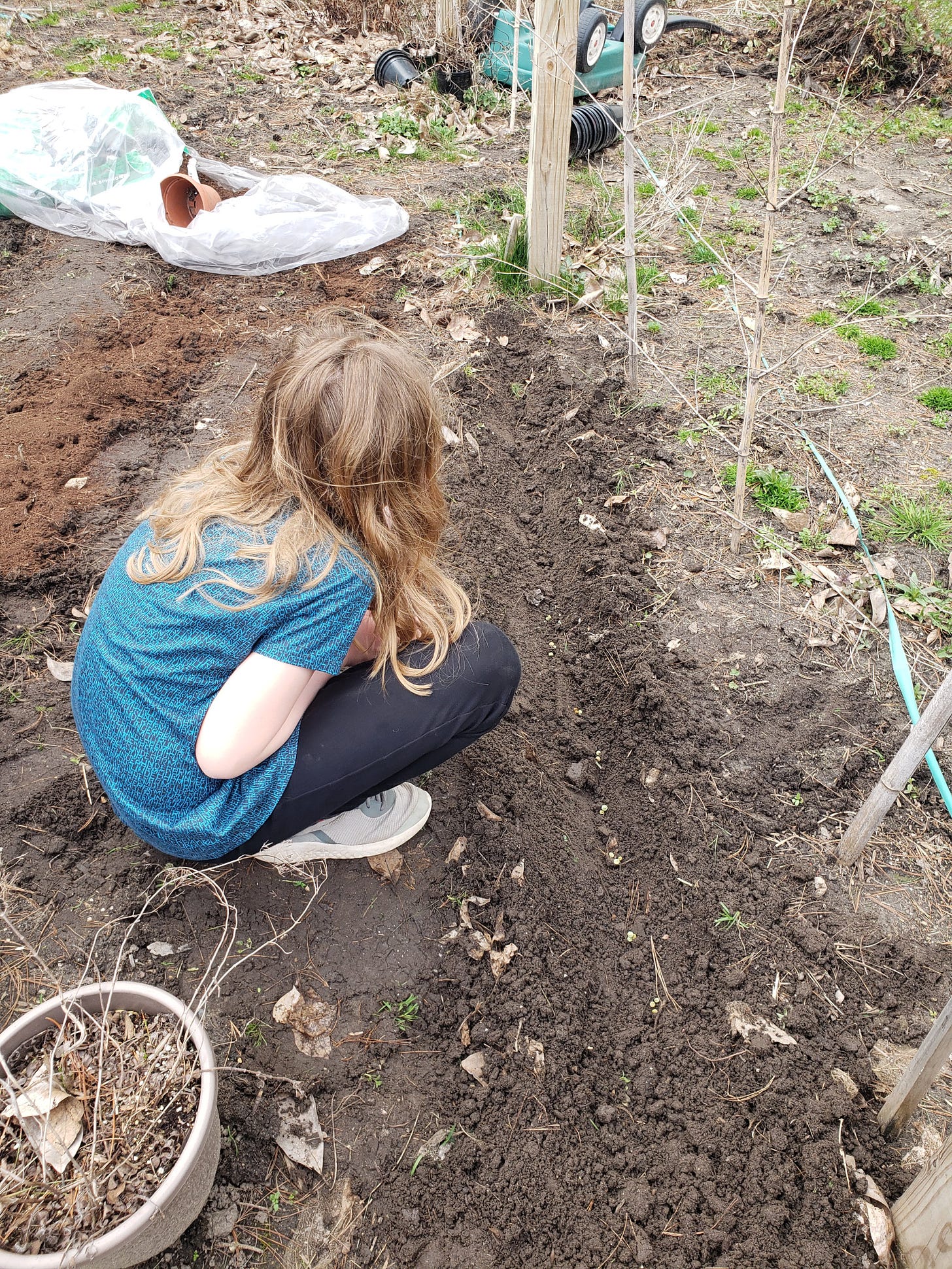
We have to wait for a warmer, drier day to see if the bees have survived. Last we could surmise about a month ago, they were in their winter huddle with food still available. The hive is lightly insulated & ventilated, with wind blocks made from straw bales. No signs of pests getting in, at least the larger variety. Trying to prepare ourselves for possible disappointment again, while hoping for the best outcome.
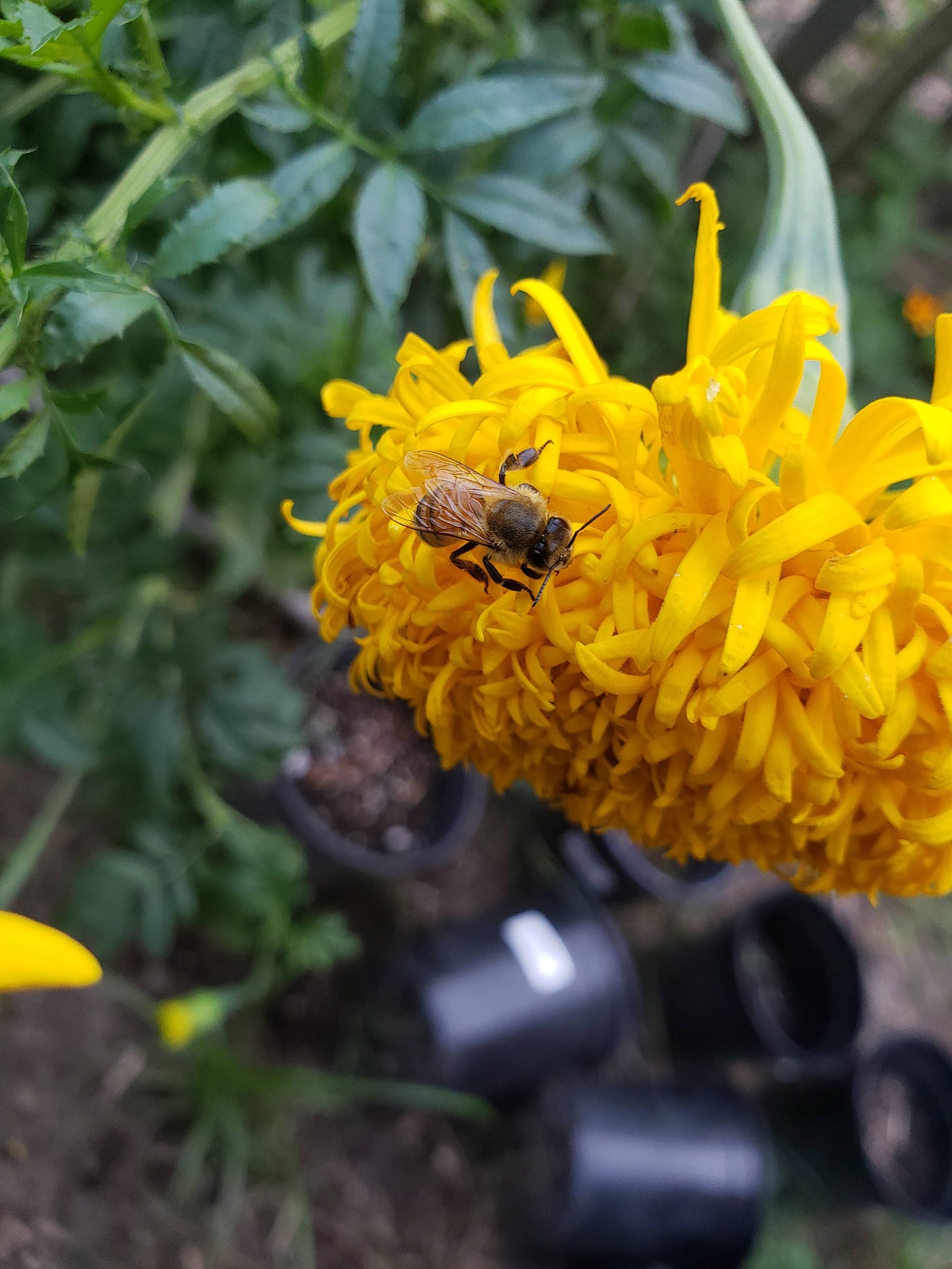
Great, but when is Spring?
Whenever it arrives, friends! All dependent on your gardening zone, microclimate, the whims of Mother Nature… Is it Spring yet where you live? Do you celebrate the arrival of Spring with any traditions? Have you started seeds this year? What do your gardening plans look like?
Happy (almost) Spring!
—Erin, in Michigan
P.S. The results of January’s poll showed an overwhelming preference for butter (87%) over margarine (13%). If you missed that post on the thrilling history of margarine and our family’s great butter debate, you can read it here.






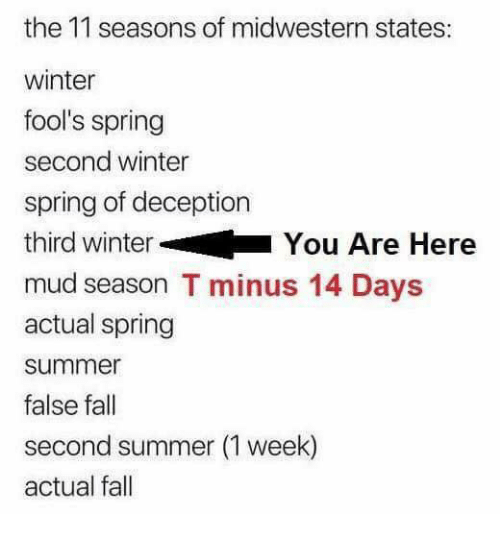
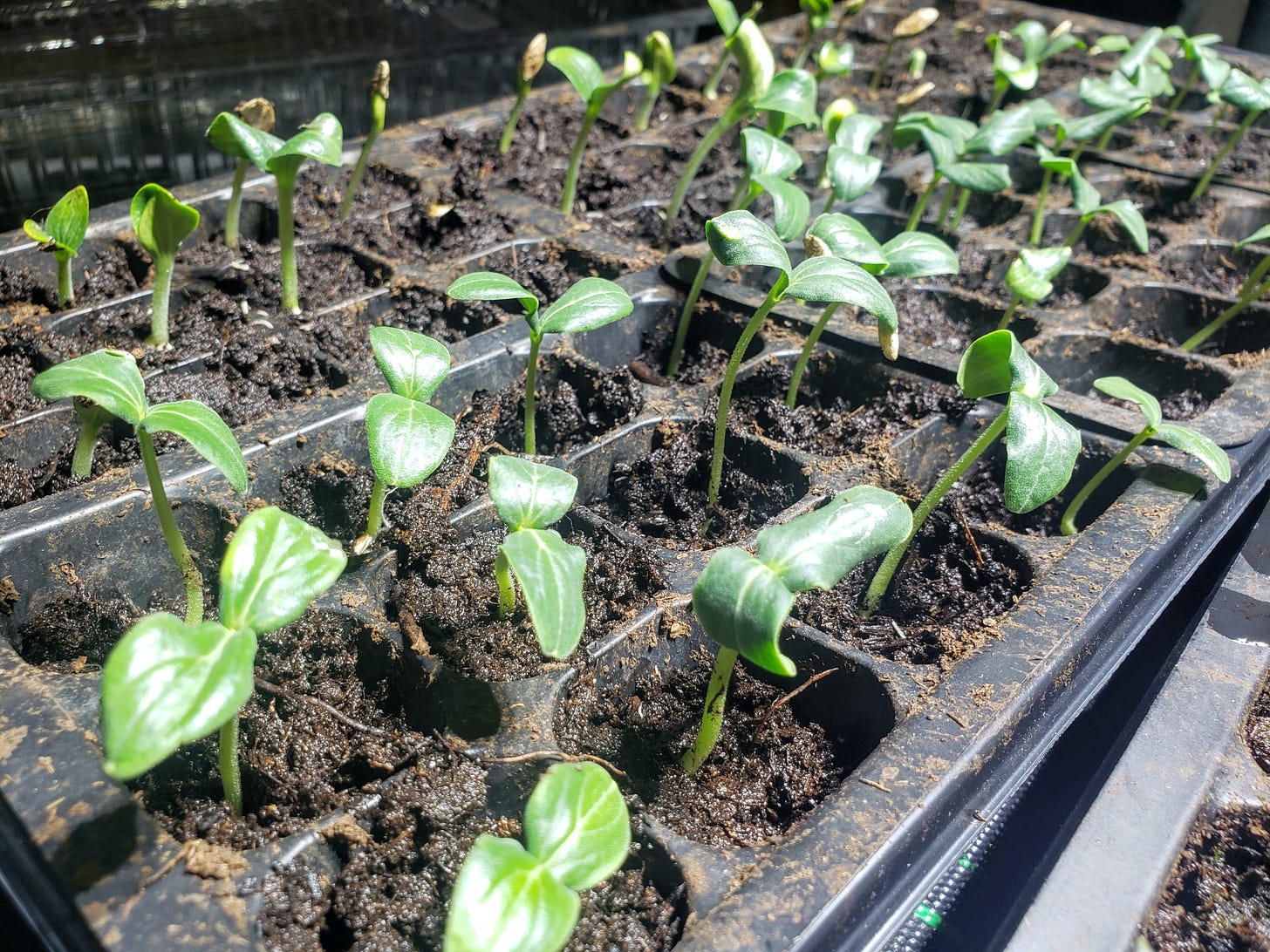
I am really loving your blog! I am not sure about this specifically but the reference to St Patrick banishing snakes from Ireland could be a euphemism for his converting the druids to Catholicism. When I was a pagan witch, some of used to post things online on St Patrick's day that had a little arrow pointing towards our profile pictures,with the caption, "Hey St Patrick! You missed one!" 🤦♀️
We thought it was clever anyway lol.
SO glad to be on the side of St. Patrick now!
Waiting for Spring seems to take forever…but in the meantime, we food gardeners can rest, marshaling our energy for the next 7 months of planting/weeding/harvesting/putting up…!